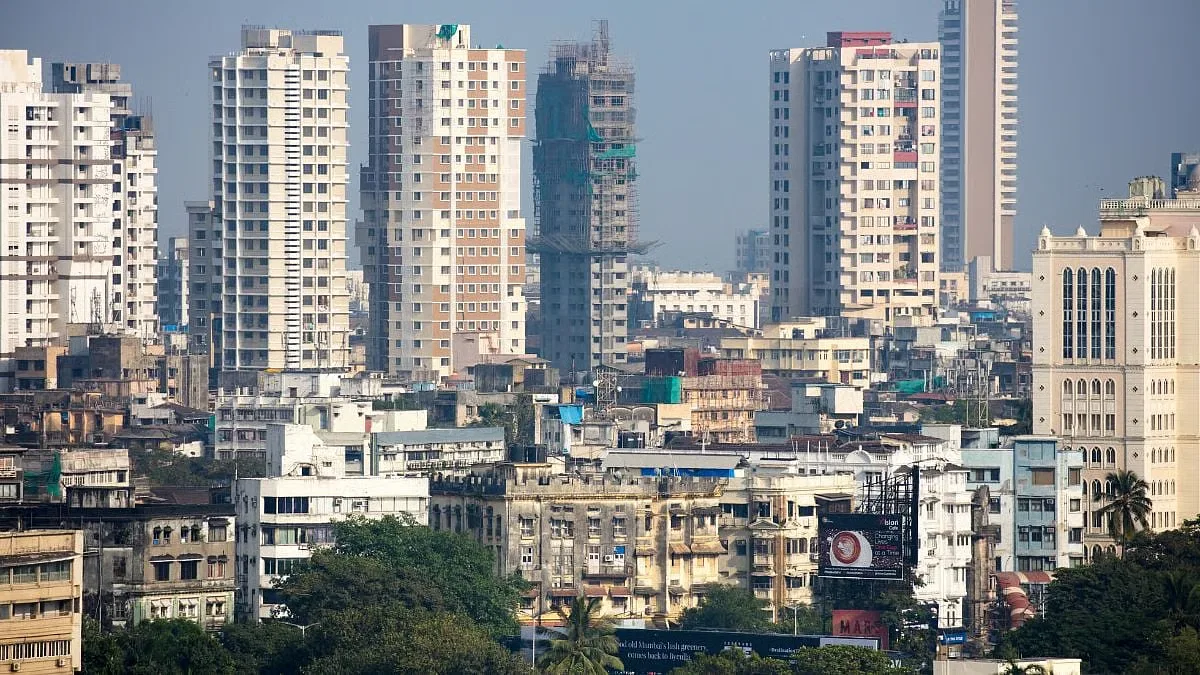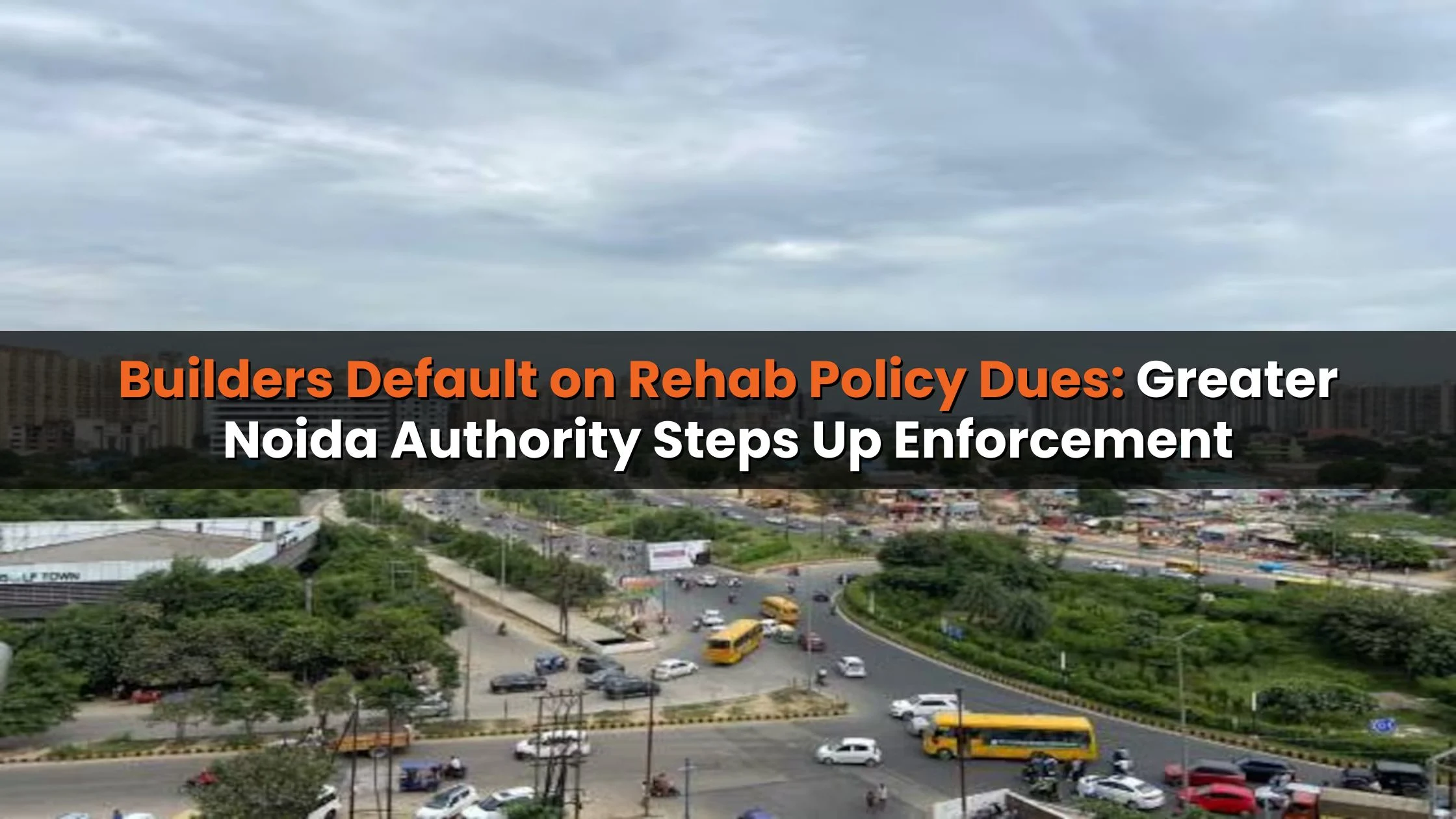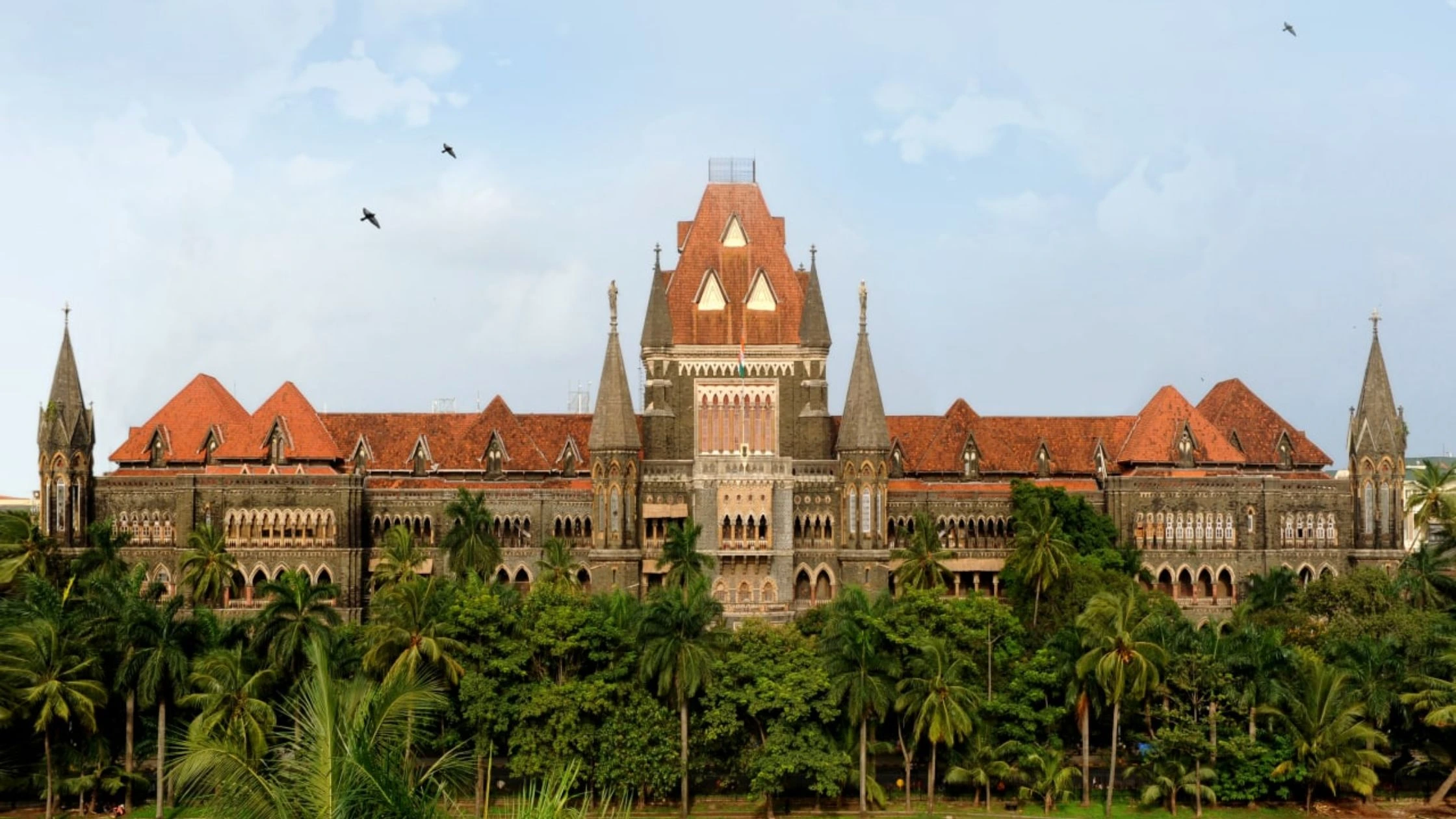Table of Content
Mumbai’s real estate market achieved an extraordinary milestone in September 2025, delivering its best-ever performance for the month. Against the backdrop of the traditionally slow Shradh period, the city recorded a sharp increase in property registrations and revenue collections. In fact, festive demand pushes Mumbai property registrations up by 32% year-on-year, while stamp duty revenue surged by an impressive 47%.
This dual growth highlights how cultural shifts in the festive calendar and resilient buyer sentiment are shaping the city’s property dynamics. Both luxury and mid-range housing segments contributed to the uptick, signaling that the demand momentum remains strong despite affordability challenges for some buyers.
Record-Breaking September Performance
September 2025 was nothing short of historic for Mumbai real estate. A total of 12,070 property registrations were recorded within the municipal limits, compared to 9,111 units in September 2024. This 32% year-on-year increase reflects the city’s sustained housing appetite.
Adding to this growth, stamp duty collections touched ₹1,292 crore, marking a 47% rise from last year. The higher revenue collection underscores a growing share of higher-value transactions, further proving that festive demand pushes Mumbai property registrations across both premium and mid-market categories.
Also Read: SC Grants Conditional OCs for Six Godrej Nest Towers, Relieving 400+ Noida Buyers
Festive Calendar Effect
One of the major reasons behind this surge lies in the festive calendar. Traditionally, the Shradh period (also known as Pitrupaksha) is considered inauspicious for property purchases, often leading to a temporary slowdown in registrations.
In 2025, Shradh fell earlier (September 7–21), while Navratri began on September 22, creating a festive overlap that boosted homebuying sentiment. In contrast, in 2024 Shradh extended into early October, delaying buyer activity.
This shift in timing worked in favor of the market. The presence of auspicious days within September directly translated into higher buyer turnout, proving that festive demand pushes Mumbai property registrations even during typically muted months.
Residential Demand Driving the Market
Residential properties continue to be the backbone of Mumbai’s real estate. According to industry data, 80% of September registrations came from the housing segment.
End-users dominated this surge, with families and individuals looking for long-term investments in the city. Affordable units attracted steady traction, while mid-segment homes gained prominence for striking a balance between cost and lifestyle needs. The overall demand confirms that festive demand pushes Mumbai property registrations, largely led by homebuyers prioritizing stability and ownership.
Year-to-Date Market Performance
The growth story goes beyond September alone. Between January and September 2025, Mumbai recorded over 111,939 property registrations, contributing more than ₹11,141 crore in revenue to the state exchequer.
This translates to a 6% rise in registrations and a remarkable 26% increase in revenue compared to the same period in 2024. Such figures illustrate that festive demand pushes Mumbai property registrations as part of a wider trend of sustained housing demand throughout the year, rather than being an isolated festive spike.
Luxury vs Affordable Segment Trends
One of the most striking shifts in Mumbai’s housing market lies in the price segment distribution.
- Luxury housing: Homes priced above ₹5 crore accounted for 7% of September registrations, up from 5% last year, highlighting growing demand in the high-end segment.
- Affordable housing: Properties below ₹1 crore saw a decline in share due to rising affordability concerns, reflecting the pressure on lower-income buyers.
- Mid-market stability: The ₹1–2 crore range grew from 32% to 33%, while the ₹2–5 crore range remained steady.
These dynamics reveal how festive demand pushes Mumbai property registrations across diverse price brackets, but with a visible tilt toward premium homes.
Property Size Preferences
Buyer preferences in property size also remained consistent with past trends:
- Small-to-mid-sized homes: Units up to 1,000 sq ft contributed 81% of total registrations, with the 500–1,000 sq ft range most popular among end-users.
- Larger homes: The share of 1,000–2,000 sq ft units increased to 14%, while 2,000+ sq ft homes rose to 5%, reflecting a gradual interest in spacious living.
The balance between affordability and usability played a key role, showing that festive demand pushes Mumbai property registrations particularly in compact yet functional housing categories.
Regional Market Distribution
Mumbai’s suburban markets continued to dominate the registration charts:
- Western Suburbs led with 59% of total registrations, cementing their position as the city’s preferred housing hub.
- Central Suburbs followed with 29% share, backed by improved connectivity and housing options.
- South Mumbai retained an 8% share, catering to niche premium buyers.
- Central Mumbai registered a 5% share, reflecting relatively stable but selective demand.
The dominance of suburban markets further proves that festive demand pushes Mumbai property registrations in regions where affordability and connectivity converge.
Also Read: Hiranandani Communities Unveils 225-Acre Township in Alibaug Worth ₹17,000 Crore
Expert Insights
Industry experts, including Knight Frank India, believe that September’s performance highlights the resilience and maturity of Mumbai’s housing market. Despite seasonal and cultural cycles, demand continues to hold steady.
Shishir Baijal, Chairman and MD of Knight Frank India, noted that festive demand pushes Mumbai property registrations to sustainable levels, reflecting a combination of maturity, confidence, and financial commitment from buyers. The strong revenue growth is seen as a sign of long-term stability in the market.
Conclusion
September 2025 reinforced Mumbai’s reputation as one of India’s most dynamic real estate hubs. Festive demand pushes Mumbai property registrations up 32%, with stamp duty collections rising 47% a powerful reflection of sustained buyer confidence and favorable timing of cultural events.
The city’s housing demand remains evenly spread across affordability-driven and luxury segments, with suburban markets leading the charge. Looking ahead, the resilience of Mumbai’s housing market suggests that growth will continue, supported by festive momentum, strong revenue collection, and buyer aspirations that defy traditional slowdowns.







Ans 1. Mumbai witnessed record sales in September 2025 due to a combination of festive timing, strong end-user demand, and rising interest in both mid-market and luxury housing segments.
Ans 2. Property registrations increased by 32% year-on-year to over 12,000 units, while stamp duty revenue grew 47% to ₹1,292 crore, reflecting higher-value transactions.
Ans 3. Shradh ended earlier in 2025, and Navratri began within September, creating auspicious buying days that encouraged homebuyers to register properties.
Ans 4. Residential homes made up around 80% of registrations, led by mid-sized apartments that balance affordability with lifestyle needs.
Ans 5. Yes, homes priced above ₹5 crore saw increased demand, contributing to the rise in overall stamp duty collections and highlighting stronger appetite for premium living.
Ans 6. Affordable housing below ₹1 crore saw a dip in share, as rising costs and affordability pressures limited demand in this segment.
Ans 7. Compact homes between 500 and 1,000 sq ft remained the most sought-after, though larger homes above 1,000 sq ft are slowly gaining traction.
Ans 8. The western suburbs dominated with nearly 60% of total registrations, followed by the central suburbs, while South Mumbai and central areas retained smaller but steady shares.
Ans 9. Experts believe the surge reflects market resilience and buyer confidence, showing that demand in Mumbai remains sustainable despite seasonal cycles.
Ans 10. The strong September performance indicates continued growth, with festive demand, suburban dominance, and rising luxury interest likely to sustain momentum through the year.